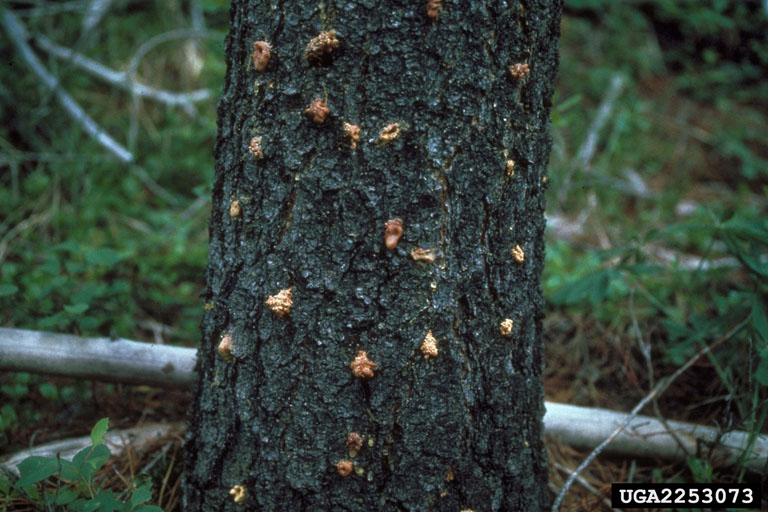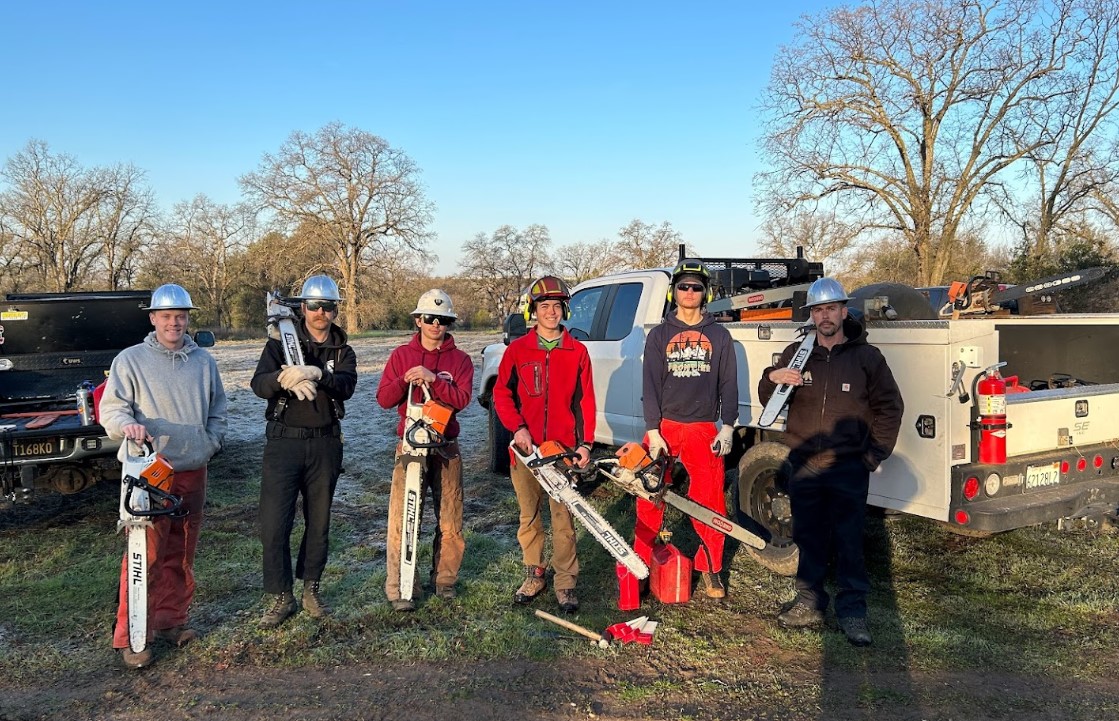Historically high temperatures and drought-stressed trees have led to increased survival rates of bark beetles. These pests primarily target cedar, fir, pine, and spruce trees, though they can also affect other types like arborvitae and redwood. Bark beetles attack weakened trees by boring into the bark and damaging the cambium layer, which disrupts the tree’s ability to transport water and nutrients. Common symptoms of infestation include discoloration, small holes in the bark, and sawdust accumulating around the trunk.
Keeping trees healthy through proper watering, fertilization, and routine inspections is crucial for prevention. While some treatments can be applied proactively to protect trees, severely infested ones are often beyond saving. Once visible symptoms appear, it is usually too late for recovery, and removal may be the safest and most effective option.



